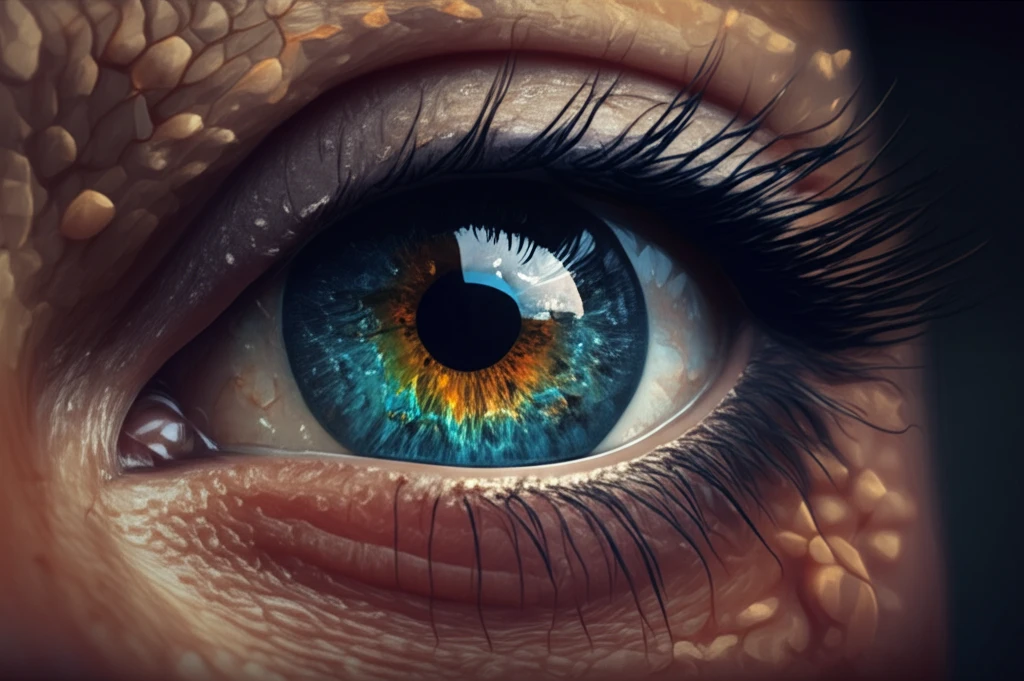
Vision Alert: Can Laser Eye Surgery Trigger Central Serous Chorioretinopathy (CSC)?
"Uncover the surprising link between peripheral retinal laser treatment and recurrent central serous chorioretinopathy, and how to protect your eyesight."
Central serous chorioretinopathy (CSC), a condition where fluid accumulates under the retina, can cause distorted vision and visual disturbances. First identified by Albrecht von Gräfe in 1861 and further defined by Gass in 1967, CSC involves fluid leakage from choroidal vessels, often due to a dysfunctional retinal pigment epithelium (RPE) or choroid. While the exact cause remains mysterious, it's believed to stem from a mix of genetic predispositions and environmental factors.
Two primary theories attempt to explain CSC. The first, proposed by Gass, suggests increased permeability in the choriocapillaris. Guyer et al. supported this, noting increased permeability around leakage sites detected via indocyanine green angiography. The second theory attributes CSC to RPE dysfunction, leading to fluid pooling beneath the retina, consistent with Spitznas’s findings that RPE damage can reverse ion secretion. Both theories may be interconnected, where prolonged choroid dysfunction stresses RPE cells.
Now, a groundbreaking case report sheds light on a surprising potential trigger: peripheral retinal laser photocoagulation. This article explores the unexpected connection between laser eye treatments and recurrent CSC, providing insights into potential risks and proactive steps for maintaining your vision.
Laser Eye Surgery and CSC: What’s the Connection?

A recent case study details a 44-year-old woman with a history of CSC who experienced recurrent episodes following peripheral retinal laser photocoagulation. She initially sought treatment for retinal tuft and lattice degenerations to prevent retinal detachment. Two days post-laser treatment, her visual acuity declined, and optical coherence tomography (OCT) revealed the onset of CSC. Without intervention, the serous detachment resolved in approximately 20 days. Surprisingly, a similar CSC episode recurred after a subsequent laser treatment in the same eye and resolved spontaneously again.
- Initial Presentation: A 44-year-old woman with pre-existing CSC.
- Treatment: Peripheral retinal laser photocoagulation to address retinal tuft and lattice degenerations.
- Outcome: Recurrent CSC episodes shortly after each laser treatment.
- Resolution: Spontaneous resolution of serous detachments without specific treatment.
Protecting Your Vision: What You Need to Know
This case underscores the importance of understanding potential risks associated with laser eye treatments, especially for those with a history of CSC. While more research is needed, proactively discussing your medical history with your ophthalmologist and considering preventative measures can help safeguard your vision. Stay informed, stay vigilant, and prioritize your eye health.
